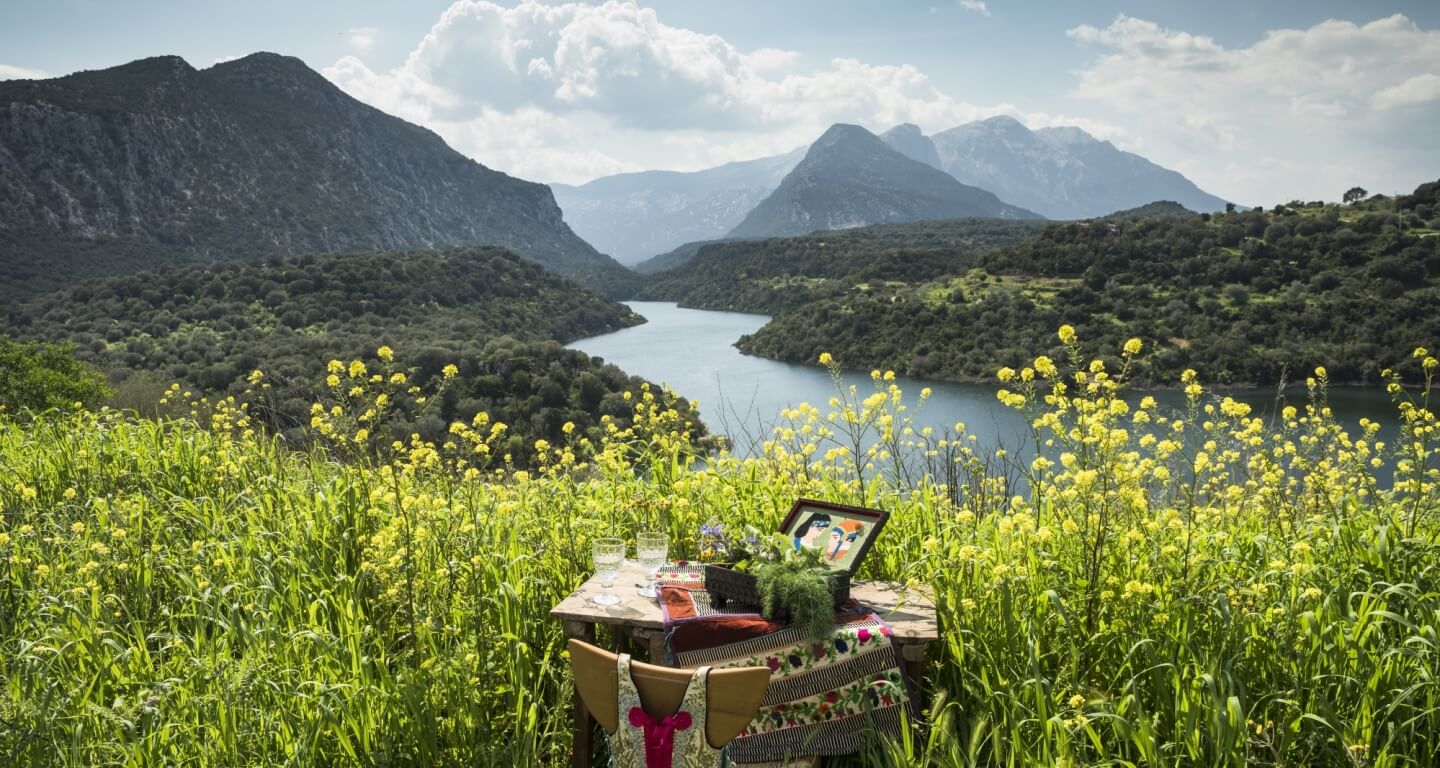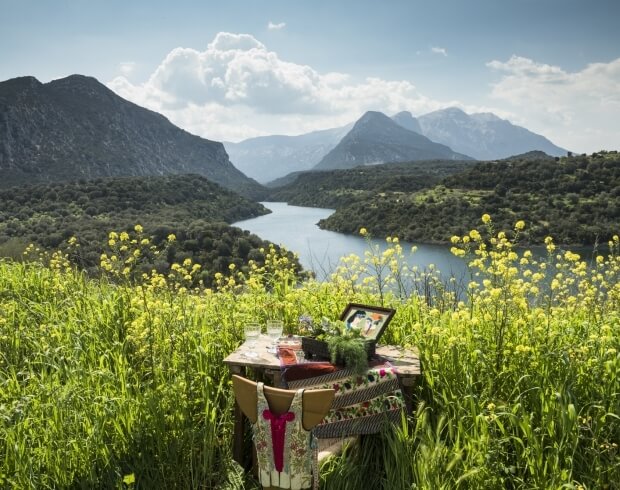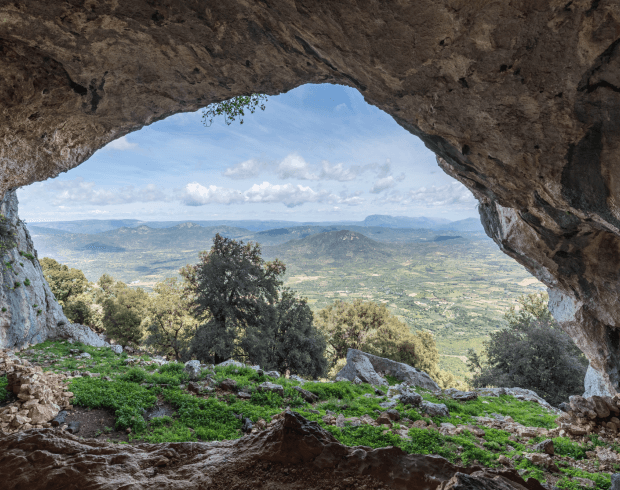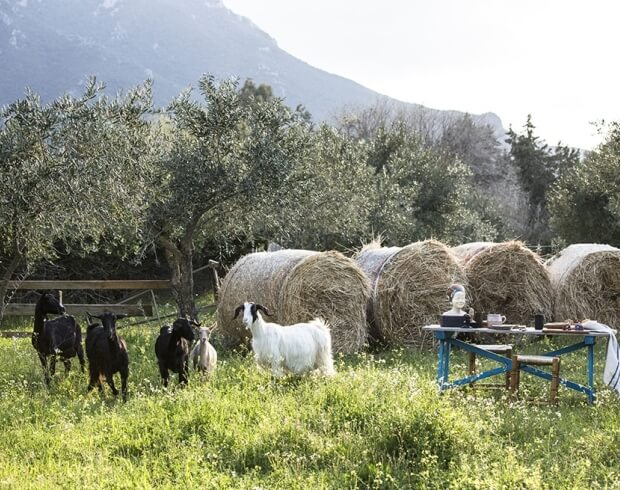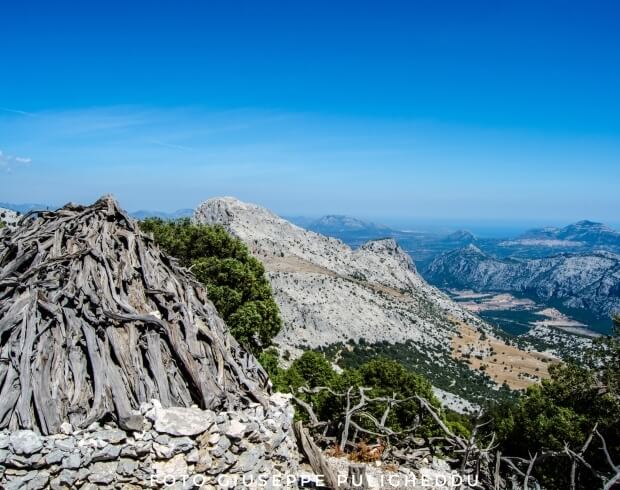Together with our selected providers, we are committed to ensuring that our services are accessible to people with disabilities. We devote significant resources to ensure that our website and room booking pages are easier to use and more accessible for individuals with disabilities, based on the strong belief that everyone has the right to live with dignity, equality, comfort, and independence.
Along with our partners, we continuously strive to improve the accessibility of our website and the pages for booking rooms and/or purchasing additional products and services related to the stay. We firmly believe it is our collective moral obligation to allow seamless, accessible, and unhindered use, even for those of us with disabilities.
In our ongoing efforts to improve and consistently address accessibility issues, we regularly scan all web pages using accessibility scanners provided by third-party commercial partners to identify and fix any potential accessibility barriers on our site. Despite our efforts to make all our web pages and content fully accessible, some content may not yet have been fully adapted to the strictest accessibility standards. This may be due to not having yet found or implemented the most appropriate technological solution.
Compliance Status
This website and the room booking pages are partially compliant with the technical standard for websites and mobile applications UNI CEI EN 301549, and with the “AA” accessibility level required by the Web Content Accessibility Guidelines (WCAG) 2.1.
In particular, the compliance level of this website is constantly monitored through the tools provided by:
https://mauve.isti.cnr.it/
https://pagespeed.web.dev/
Non-accessible Content
Despite our efforts to ensure the accessibility of the website and booking pages, we are aware of some limitations we are working to resolve. Below is a description of the known limitations. Please contact us if you encounter an issue not listed below.
- Image text alternatives: Some images do not have meaningful text alternatives for users.
- Reading order: Due to the modular structure of some pages, the reading order of elements may not match their visual order.
- Focus contrast: In some cases, when elements receive focus, there may be insufficient contrast between text color and background.
- Keyboard operability: Some components cannot be operated using only a keyboard.
- Animated content: Some pages contain animated content that cannot be paused or hidden.
- Focus visibility: In some pages, the element with active focus is not visually identifiable.
- Language accessibility: Some elements display text or accessible names only in certain languages.
- Assistive technology: Assistive technologies may not always correctly announce messages.
Last Updated
This page on accessibility was last updated on June 25, 2025.

